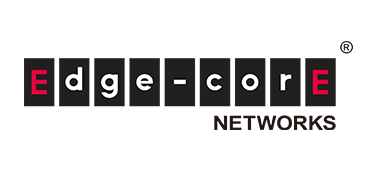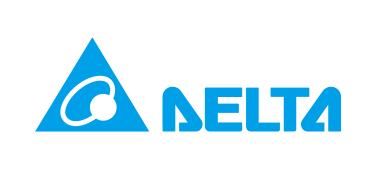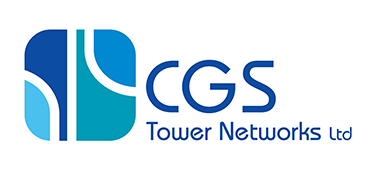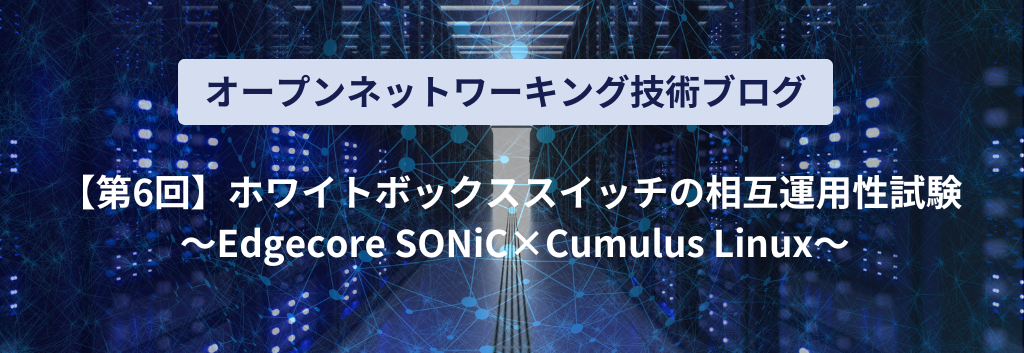
Introduction
This is the 6th article on Open Networking, which has been posted regularly.
This article introduces interoperability testing of white Box switches targeting Edgecore SONiC (ecSONiC) and Cumulus Linux.
There are other articles related to Open Networking, so please see the articles that interest you from the "List of articles" below.
What is white Box switch interoperability testing?
Hardware and software are separated in a white Box switch, so even if the hardware is the same, different network OSs can be installed and operated.
This time, we installed different network OSs on multiple white-Box switches and verified the interoperability of specific functions between devices.
Overview of interoperability testing
Verification was performed assuming that multiple devices equipped with ecSONiC and Cumulus Linux will operate in a mixed environment in a data center network.
The network functions that were verified this time and a brief explanation of each function are described below. We have selected some major features that are commonly used in data center networks.
LACP: A feature that bundles multiple physical ports to increase bandwidth between switches, distribute loads, and increase link redundancy.
BGP: A routing protocol for exchanging route information between ASs
VxLAN: A tunneling protocol that builds a virtual L2 network on an L3 network
Test environment
Information on the white Box switches used in the test environment is listed below.

Figure 1: Verification equipment list
Edgecore's AS7326-32X and Delta's AG9032 V2 were used as evaluation machines, and Edgecore's AS7726-32X was used as a repeater in the VxLAN test environment.
contents of the test
The test configuration diagram, device settings, and test results for each function are described.
LACPMore
In this test, one ecSONiC device and one Cumulus Linux device are used, and two cables are used to connect the devices.
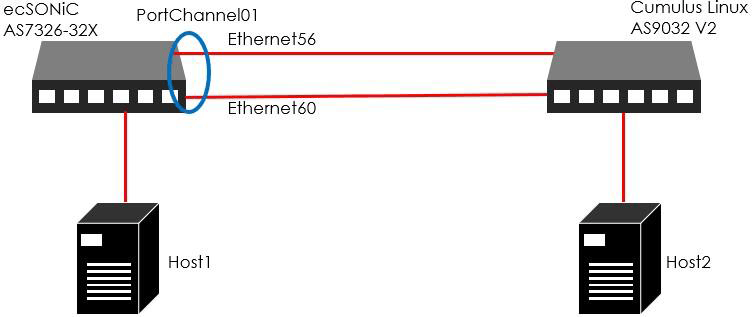
Figure 2: LACP test configuration diagram
Next, create a virtual interface (PortChannel) for LACP on each device and map it to the physical interface. A setting example on the ecSONiC side is described below.
〇PortChannel 作成 AS7326-32X@sonic:~$ sudo config portchannel add PortChannel01 〇PortChannelに物理インターフェースをマッピング AS7326-32X@sonic:~$ sudo config portchannel member add PortChannel01 Ethernet56 AS7326-32X@sonic:~$ sudo config portchannel member add PortChannel01 Ethernet60After completing all the settings, the following items were checked on each device.
・Even if one cable is disconnected during communication between hosts, communication should continue.
- LACP control frames (LACPDU) are being sent and received between devices using a packet capture tool.
- LACP protocol is activated using CLI commands
The LACP protocol status on the ecSONiC side was confirmed with the following command. As indicated by the yellow mark, we can see that LACP is activated on PortChannel01.

Figure 3: LACP command execution result
BGP (iBGP & eBGP)
In this test, we will use one ecSONiC and one Cumulus Linux device, and set an IP address to the loopback interface of each device.
In addition, the same AS number was set for the iBGP test, and a different AS number was set for the eBGP test, and two cables were used to connect each device in order to check the combined use of ECMP functions.
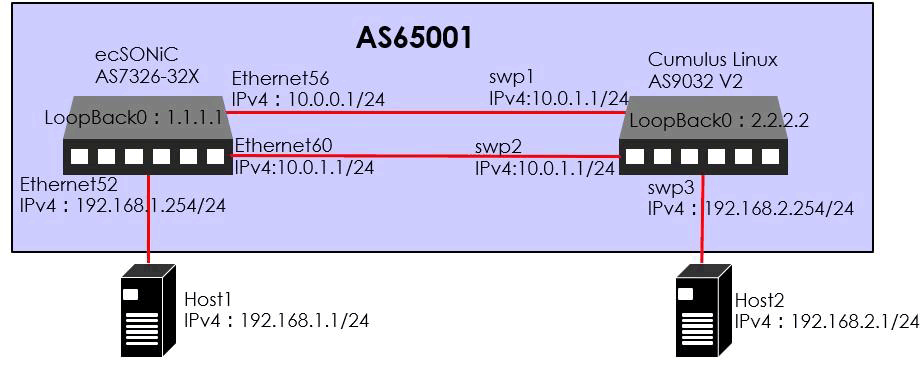
Figure 4: iBGP test configuration diagram
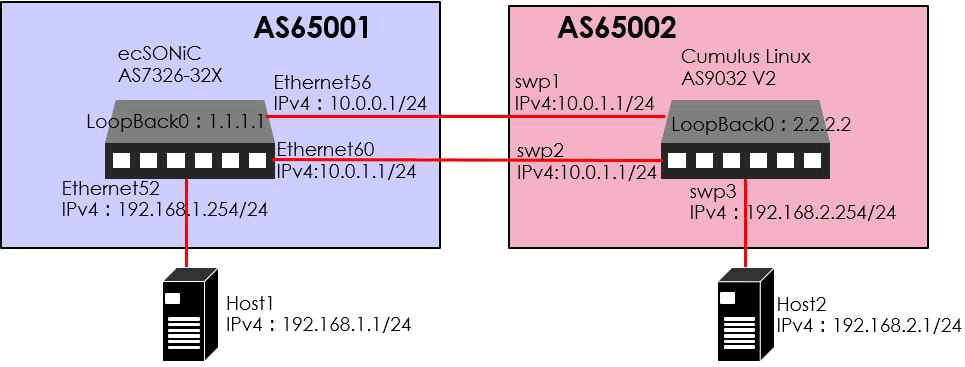
Figure 5: eBGP test configuration diagram
For each test, first create a loopback interface for use with BGP, launch an integrated terminal called VTY shell, and configure BGP related settings.
Creating a loopback interface configures automatic BGP peering using an IPv6 link-local address called BGP Unnumbered. A setting example on the ecSONiC side is described below.
〇LoopBack0 の設定例 AS7326-32X@sonic:~$ sudo config interface ip add Loopback0 1.1.1.1/32 /*Loopback0 作成*/ AS7326-32X@sonic:~$ vtysh /* VTY シェル起動 */ sonic# configure terminal sonic(config)# router bgp 65001 /* AS番号指定 */ sonic(config-router)# bgp router-id 1.1.1.1 /* Loopback0 アドレス指定 */ sonic(config-router)# neighbor Ethernet56 interface remote-as internal /* neighbor 指定(iBGP) */After completing all the settings, the following items were checked on each device.
・Communication between hosts is normal due to BGP routing
・Using a packet capture tool, the BGP session has been established normally.
- Multipath (ECMP) must be set using CLI commands.
The multipath setting on the ecSONiC side was confirmed with the following command. As indicated by the yellow mark, you can see that the next hop is set with multipath for the destination route of 192.168.2.0/24.
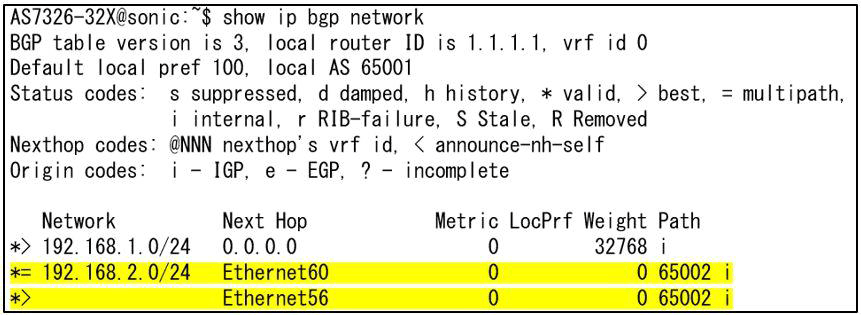
Figure 6: BGP command execution result
VxLAN
In this test, assuming asymmetric routing, ecSONiC and Cumulus Linux-equipped devices were placed as evaluation machines in Leaf, and another Cumulus Linux-equipped device was placed in Spine as a relay device. increase.
Create a VTEP for the data plane and an EVPN for the control plane on each Leaf device, and configure EVPN on the Spine device.
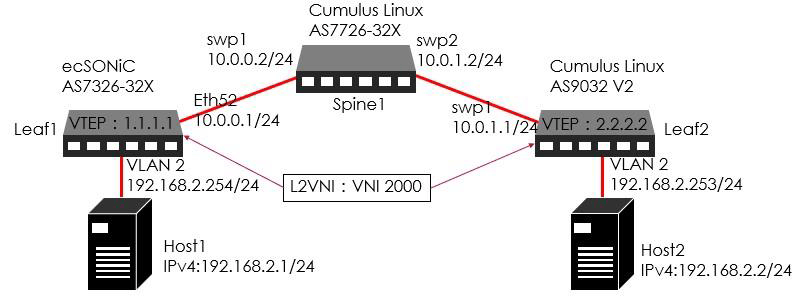
Figure 7: VxLAN test configuration diagram
First, create a VTEP and NVO to use VxLAN and map the VLAN ID and VNI to the VTEP. A setting example for Leaf1 (ecSONiC) device is described below.
AS7326-32X@sonic:~$ sudo config vxlan add evpn 1.1.1.1 /* VTEP 作成 */ AS7326-32X@sonic:~$ sudo config vxlan evpn_nvo add nvo evpn /* VNVO 設定 */ AS7326-32X@sonic:~$ sudo config vxlan map add evpn 2 2000 /* VTEP に VLAN ID と VNI を関連付け */Next, launch a VTY shell to configure VxLAN and EVPN related settings.
AS7326-32X@sonic:~$ vtysh
sonic# configure terminal
sonic(config)# router bgp 65001
sonic(config-router)# bgp router-id 1.1.1.1
sonic(config-router)# neighbor Ethernet52 interface remote-as external
sonic(config-router)# address-family ipv4 unicast
sonic(config-router)# network 1.1.1.1/32
sonic(config-router)# network 192.168.2.0/24
sonic(config-router)# exit
sonic(config)# address-family l2vpn evpn
sonic(config-router-af)# neighbor Ethernet52 activate
sonic(config-router-af)# advertise-all-vniAfter completing all the settings, the following items were checked on each Leaf device.
・Communication between hosts is normal due to VxLAN routing.
・Using the CLI command, the contents set in VTEP are displayed correctly.
・Mutual recognition of VxLAN between Leaf devices using CLI commands
The VxLAN status of the Leaf1 (ecSONiC) device was checked with the following command. From the status of OperStatus, you can see that VxLAN is mutually recognized between Leaf devices.
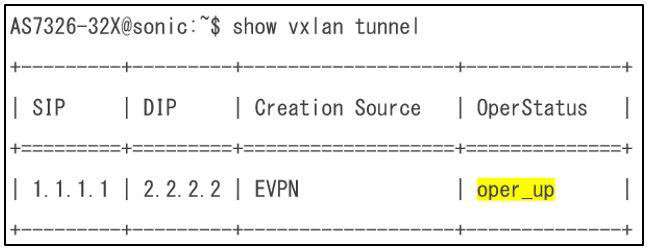
Figure 8: VxLAN command execution result
The above is an introduction to the interoperability test for ecSONiC and Cumulus Linux that we verified.
Document download form
The test specifications for the interoperability test introduced in this article can be downloaded from the URL provided in the document download guide email after answering the questionnaire from "Click here to download the document" below. Learn more about ecSONiC and Cumulus Linux interoperability for the features evaluated this time.
At the end
Macnica provides a service that remotely provides an environment where you can experience open networking and conduct tests and verifications.
With this service, you can verify the operability of the network OS and perform tests that combine network OSes from various manufacturers, white Box switches, and optical transceivers.
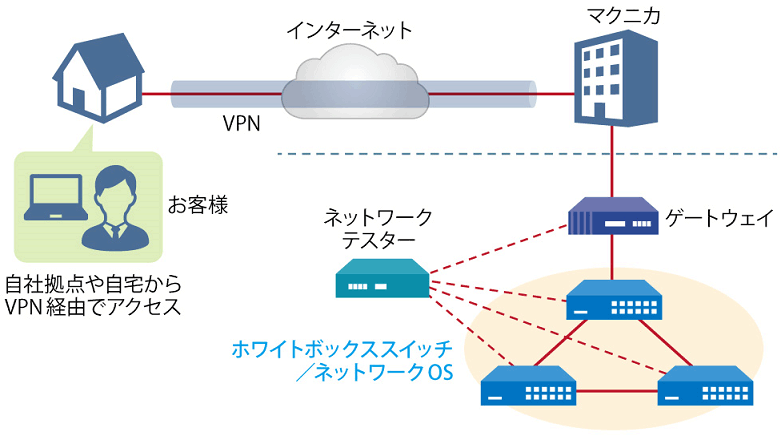
Remote verification service image diagram
It is a service that allows you to easily test open networking, and the basic configuration is free of charge.
You can check the downloadable materials for available network OS and white Box switches, specific use cases, and how to apply. The materials can be downloaded from the URL listed in the information email by answering the questionnaire from the "Macnica Network OS Remote Verification Service" below.
These people are using the remote verification service.

Here are some testimonials from people who have actually used the service.
Furukawa Network Solution Co., Ltd.
“Recently, the number of remote service environments is increasing, but I was impressed with the ease of access to the evaluation equipment.
The materials you provided were easy to understand, and we were able to proceed smoothly with the intended verification. ”
Related information
Click here for list of materials
In addition to introducing products handled by Macnica,
We publish materials related to open networking, such as BGP cross network automatic construction files and network operation test evaluation reports.
Click here for details
Product Page Top
Edgecore Networks
We continue to be a pioneer in open networking by developing and selling products related to OpenNetworking/white Box switches.
DELTA ELECTRONICS
We have many achievements in supporting the business of major OEM customers in Japan and overseas, and provide high-quality/high-reliability network products.
CGS Tower Networks
We provide a network packet broker (NPB) that utilizes state-of-the-art general-purpose hardware.
Inquiry
If you have any questions regarding this article, please contact us below.
Macnica
In charge of OpenNetwork
Contact us by phone:
045-470-9831
Email us:
projectmonstar@macnica.co.jp
![[Part 1] What is Open Networking? -Thumbnail image of comparing advantages and disadvantages with conventional networks-](/business/network/columns/d24f0af437a2a014d072daa10d0e8052_1.png)
![[Part 5] What is Edgecore SONiC? Thumbnail image of ~Commentary on the outline and features of the commercial version of SONiC~](/business/network/columns/34b7d7142d053b12b46b146e025d2fcd.png)
![[[8th] Implementation example using P4 language and FPGA Smart NIC ~NAT version~ Thumbnail image](/business/network/columns/9799fbf29e361c08287995348dafacbe.png)

